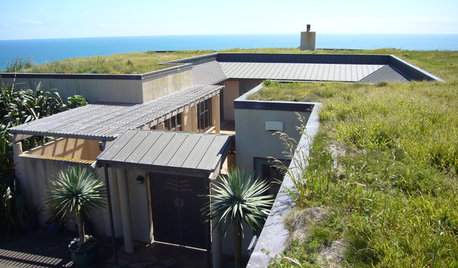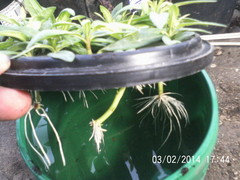Rooting Milkweed in Water?
Tony G
10 years ago
Featured Answer
Sort by:Oldest
Comments (19)
Leafhead
10 years agoTony G
10 years agoRelated Professionals
Kenmore Landscape Architects & Landscape Designers · Mountain Brook Landscape Architects & Landscape Designers · Otsego Landscape Architects & Landscape Designers · Woburn Landscape Contractors · Doctor Phillips Landscape Contractors · Kaneohe Landscape Contractors · Mesa Landscape Contractors · Pleasant Prairie Landscape Contractors · Roswell Landscape Contractors · Tigard Landscape Contractors · Bensenville Landscape Contractors · Eagle Mountain Fence Contractors · Goulds Window Contractors · Sacramento Window Contractors · White Center Window ContractorsTony G
10 years agoLeafhead
10 years agoTony G
10 years agoGarynJeanna
10 years agoTony G
10 years agoMary Leek
10 years agoTony G
10 years agoMary Leek
10 years agoGarynJeanna
10 years agoMary Leek
10 years agoLeafhead
10 years agoTony G
10 years agoGarynJeanna
10 years agoTony G
10 years agoLeafhead
10 years agophrelco
10 years ago
Related Stories

GARDENING GUIDESGreat Design Plant: Butterfly Milkweed, a Beacon in the Prairie
Vivacious orange flowers for you, nectar for the butterflies and bees. Asclepias tuberosa is worth planting for more reasons than one
Full Story
FLOWERS AND PLANTSHelp Monarchs and Other Butterflies by Planting Common Milkweed
Summer-blooming Asclepias syriaca is an important larval host plant for the monarch butterfly and attracts a number of pollinating insects
Full Story
GARDENING GUIDESGreat Design Plant: Milkweed
Quit cringing. This not-weed plant is a sight to behold in the garden, has a delicious vanilla scent and is a magnet for butterflies
Full Story
GREEN BUILDINGLiving Roofs Put Down Roots
No longer solely the domain of hippies — or hobbits — a green roof can be a hardworking partner in making your house sustainable
Full Story
TRADITIONAL ARCHITECTURERoots of Style: Pueblo Revival Architecture Welcomes Modern Life
Centuries-old details of adobe construction still appeal in the desert Southwest, adapted to today's tastes
Full Story
ARCHITECTURERoots of Style: Spanish Eclectic Homes Find a Place in the Sun
Flexible stucco, intricate tiles and more have kept this multicultural style going strong for a century
Full Story
ARCHITECTURERoots of Style: Origins and Interpretations of the Bungalow
Bungalows translate effortlessly across continents and cultures to adapt comfortably to many styles and regions
Full Story
ARCHITECTURERoots of Style: Prairie Architecture Ushers In Modern Design
Twentieth-century Midwestern architects gave us broad-shouldered homes inspired by the landscape and modern times
Full Story
FEEL-GOOD HOMERejuvenate Your Home With Deep-Rooted Traditions
Give the subtle energies and spiritual side of your home some attention, and watch newfound calm and beauty blossom
Full Story
ARCHITECTURERoots of Style: Do You Live in a Minimalist Traditional House?
Cottages, bungalows, farmhouses ... whatever you call them, houses in this style share several characteristics. See how many your house has
Full StoryMore Discussions









Leafhead